- A device
- Internet
1
Efficient Design
The aim of this technical skills lesson is to get you thinking about using not only sustainable building materials, but considering how long they will last and the accessibility you have to these materials at your site location. By the end of this lesson, you should have an increased understanding of how to weigh up which materials to use in your designs.
You Need
Think About
Lesson Content
When choosing which materials you will use in design, it can be hard to justify using some materials over others, so we will go through the what, where, why, and how of several main building materials, while looking at the pros and cons of each, helping you make a decision.
Particularly, it is important to consider where the materials are coming from and how much ‘embodied energy’ the material has. Looking at Elizabeth Wilhide’s ‘ECO’ again, embodied energy (lets shorten this to EE), is the sum of the energy required at each stage of production. This is from extraction of the raw material, to its transportation to the factory, the energy used in processing, the transportation of the processed material to the point of use and finally, the energy used during construction, few …
When each material is looked at from this perspective, you can really imagine how much energy is used, contributing to greenhouse gas emissions. Therefore, it is important to use materials that don’t have to travel far between origin and use, containing a lower EE. Using Waiheke Island as a case study, which is isolated from the mainland, requiring a ferry or barge to ship materials over, I would want to think about what local materials I could use. In terms of concrete, how could I use Waiheke’s distinctive red stone? If a material can’t be sourced on Waiheke, what is the environmental cost?
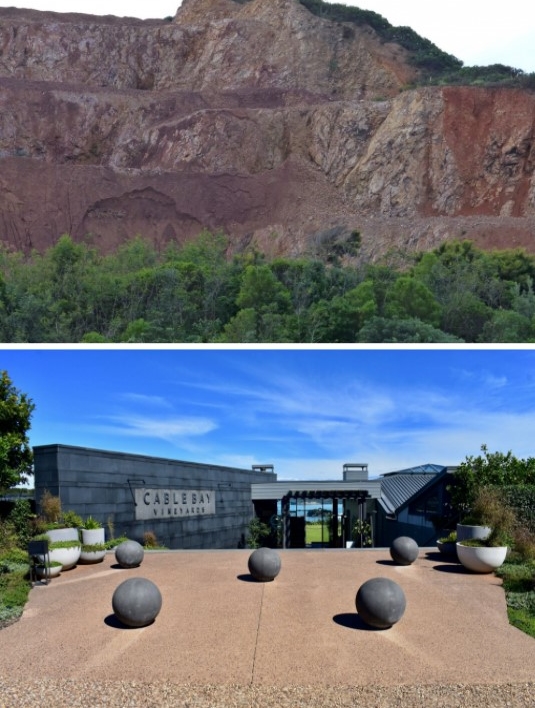
On Waiheke Island, you can find Hoporata Quarry's red stone used as driveway gravel and for concrete footpaths
However, at the same time, there are places that you may need to use materials that are high in EE (energy expensive extraction, transportation, processing, and use). In these cases, you will want to:
.
This is because the longer a building or element of a building lasts, the lower its environmental impact as it will remain functional for longer, reducing the need for replacing the materials, which is unsustainable. Along with this idea, it can be justified to use relatively high EE materials such as concrete and brick due to their high thermal mass which stores heat gained during the day, significantly reducing a buildings energy needs over its lifetime.
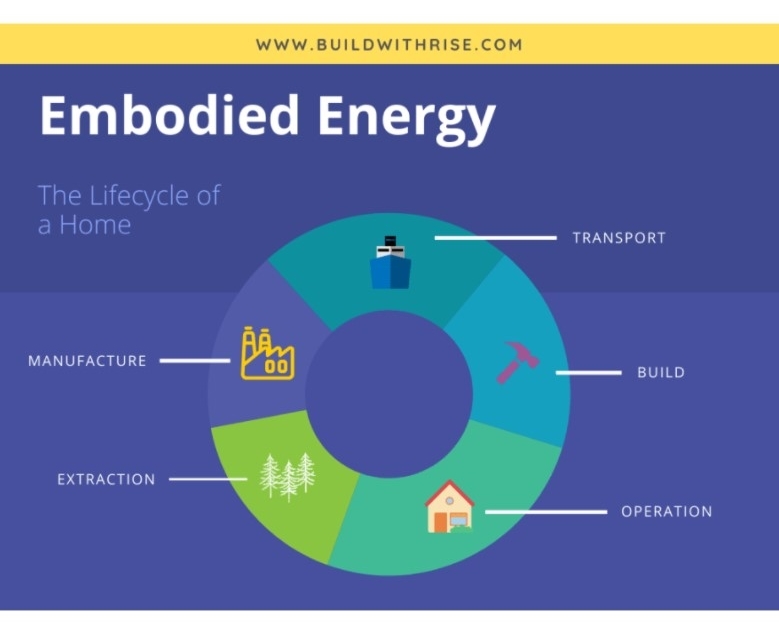
Embodied energy cycle
Materials
In this section, we will refer to the research of Johann Bernhardt and multiple others in their book ‘A DEEPER SHADE OF GREEN’, looking at sustainable urban development, building and architecture in New Zealand. Additionally, I’ll refer to Elizabeth Wilhide’s ‘ECO’, as in the last lesson.
According to Mandy Armstrong in ‘A DEEPER SHADE OF GREEN’ and Elizabeth Wilhide in 'ECO':
Timber is a renewable and biodegradable resource that is sourced from a variety of tree species with varying strength and durability. In New Zealand, timber is sourced from trees grown in managed forests. Timber is used in different formats for framing and structural use.
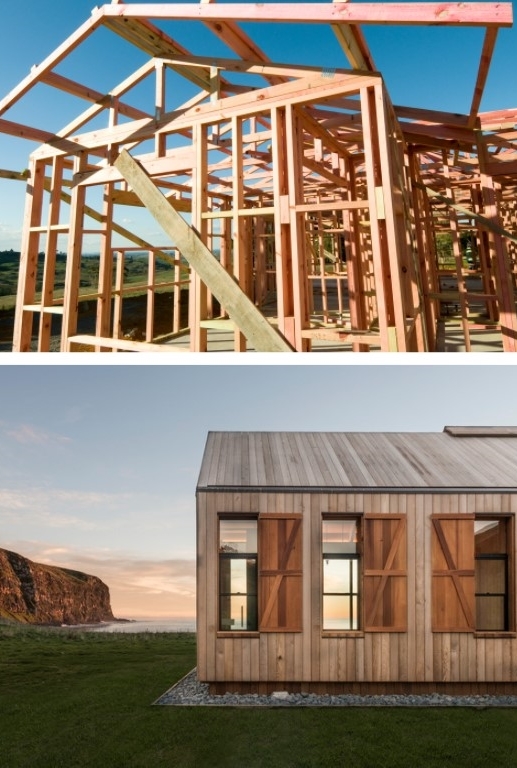
Timber has multiple uses in building
Pros:
.
Cons:
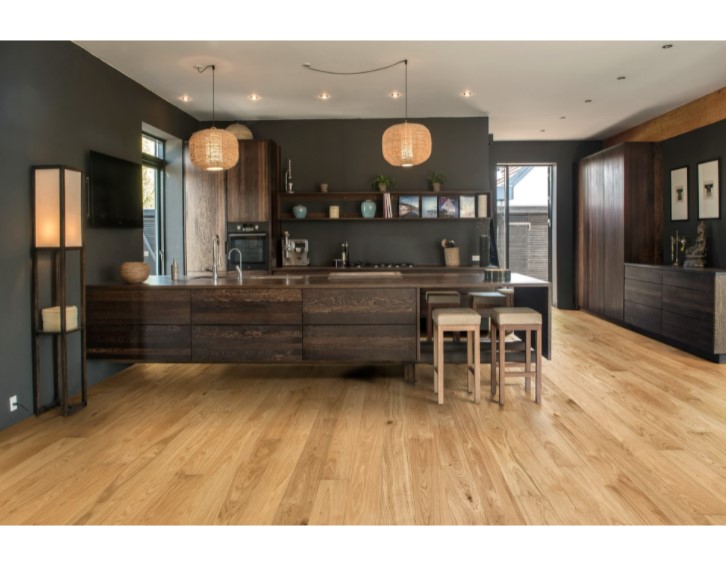
Timber flooring
Bamboo is a woody grass that grows rapidly. It is commonly harvested in the far east, such as China, and is an excellent alternative to wood for indoor applications such as flooring, panelling, stairs, and countertops.
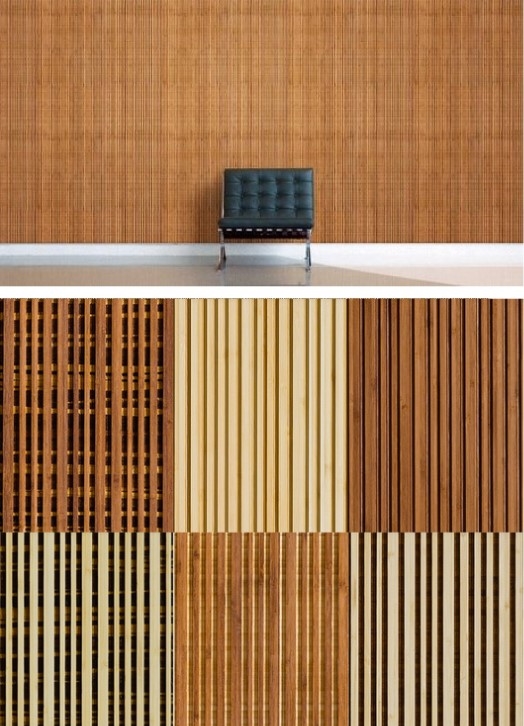
Bamboo is an excellent alternative to wood
Pros:
.
Cons:
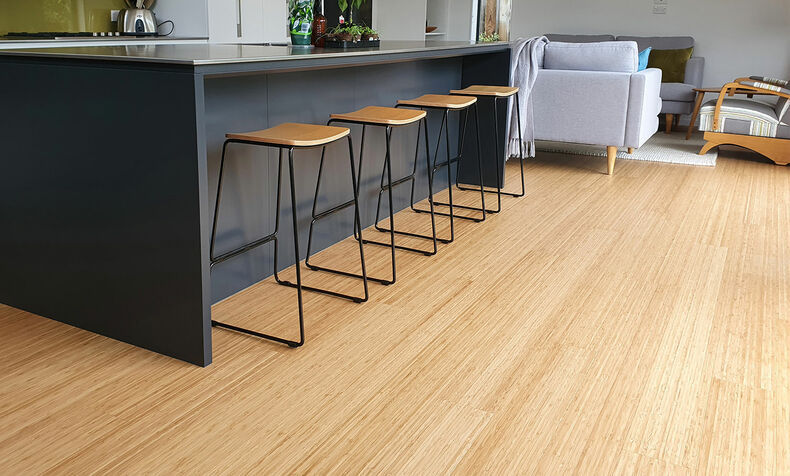
Plantation bamboo flooring
Cork is derived from the outer bark of the evergreen cork oak, a tree native to Spain, Portugal, southern France, north Africa, and Italy. Cork can be turned into floors or walls.
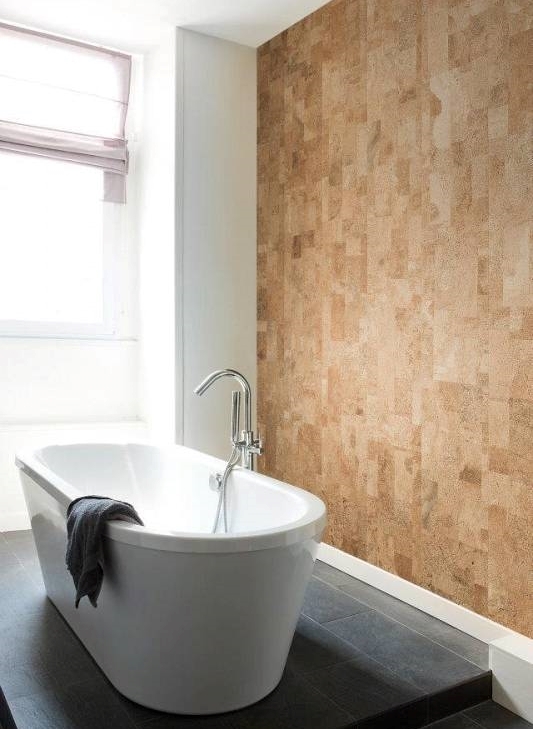
Cork wall tiles
Pros:
.
Cons:
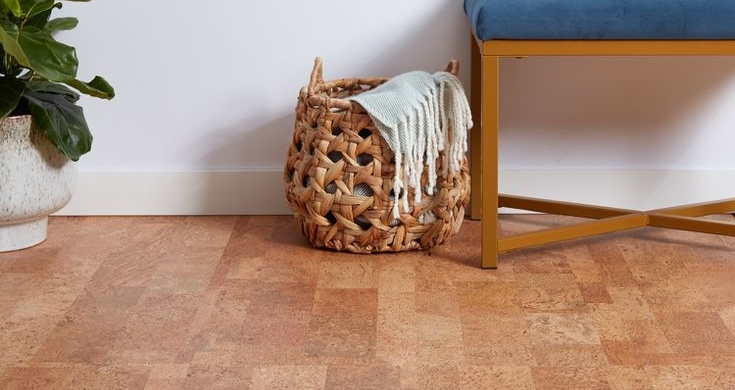
Cork flooring
Concrete is made from Portland cement, an ingredient that helps concrete set, and is mixed with sand, gravel, fillers, and water. The wet mix can be poured and cured on site, or commercially pre-cast in slabs, where it can then be transported to site. Concrete is used in different formats such as foundations and walls.
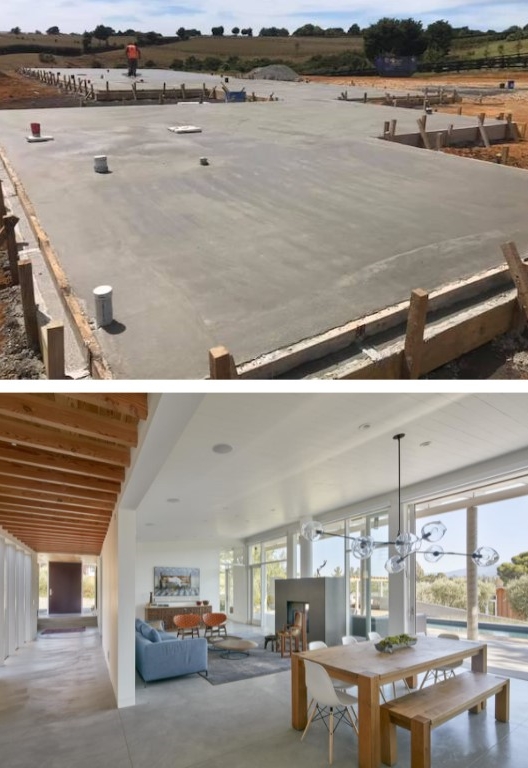
Concrete slab foundation
Pros:
.
Cons:
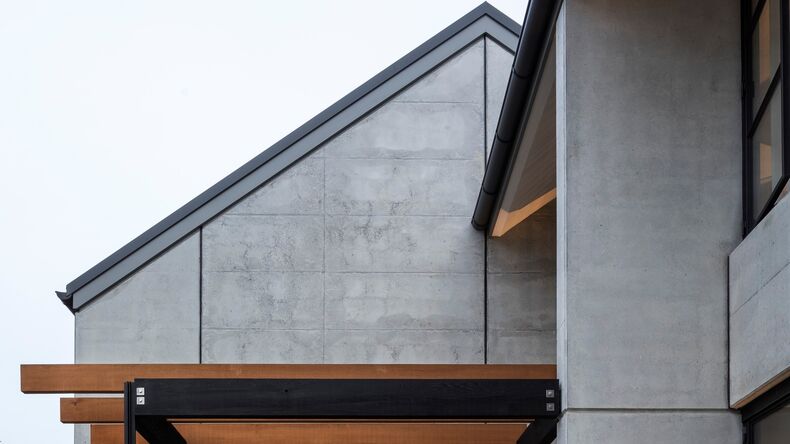
Concrete walls by Litecrete
Aerated Concrete is concrete containing air cavities which makes it one fifth the weight of solid concrete. Blocks of aerated concrete are cut from a ‘cake’ formed by mixing combinations of chemicals, sand, pumice, cement, lime, water, and steam.
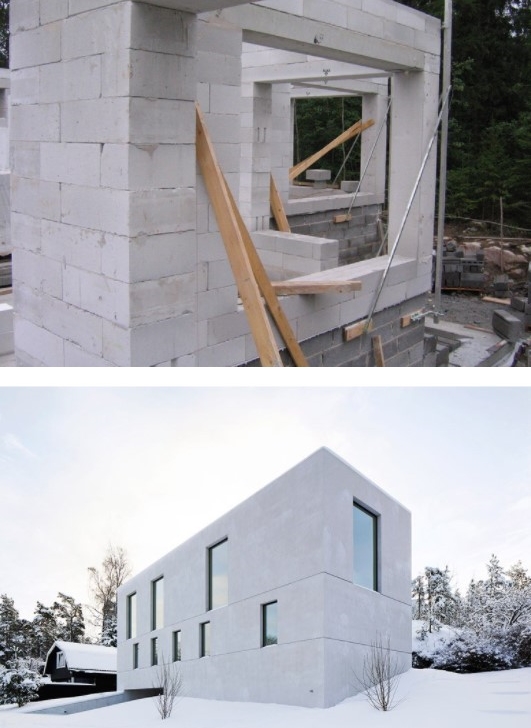
Aerated concrete walls
Pros:
.
Cons:
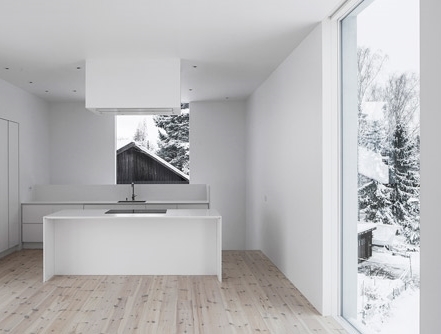
Fourfoursixsix uses aerated concrete for a Swedish home
Metal provides a sleek and sophisticated finish which is becoming widespread in modern buildings. Steel and other metals such as aluminium, copper, and zinc are strong, durable, and pest-resistant, however, they aren’t very sustainable but they can be easily recycled.
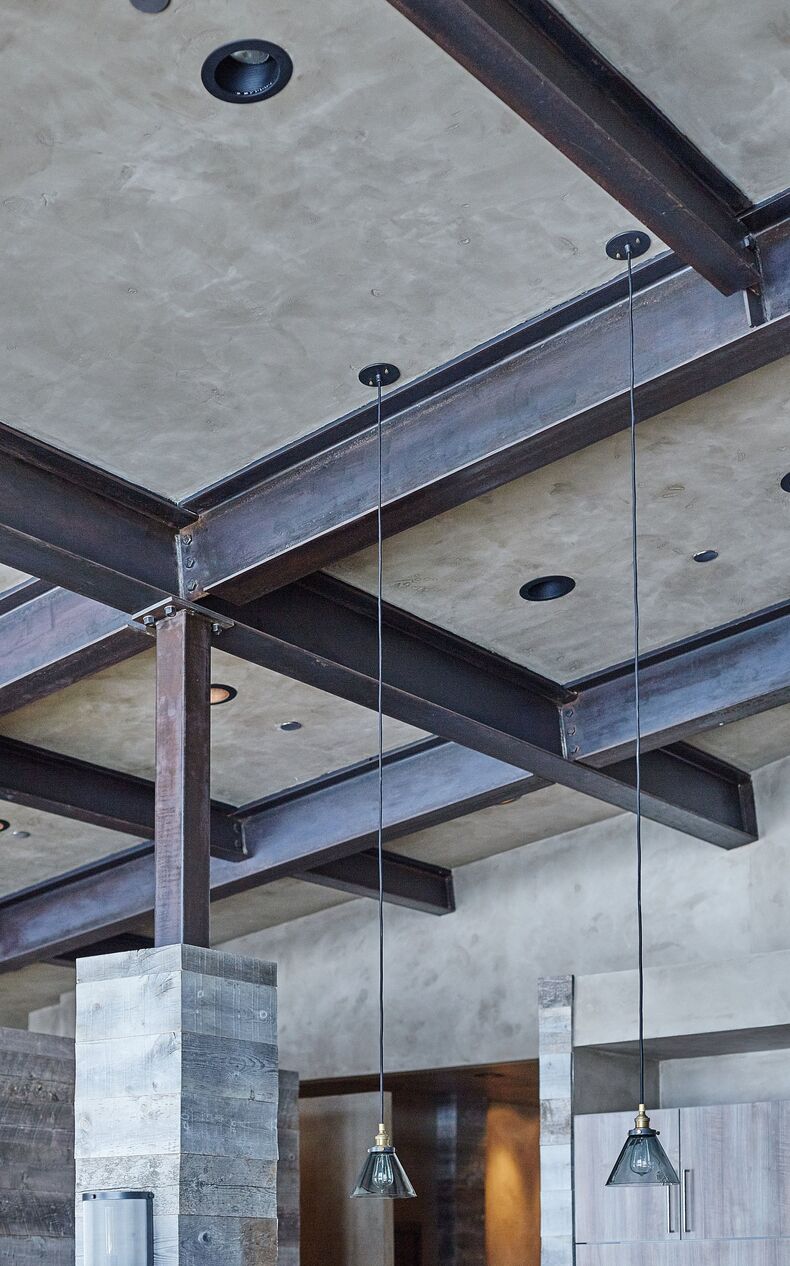
Structural metal beams
Pros:
.
Cons:
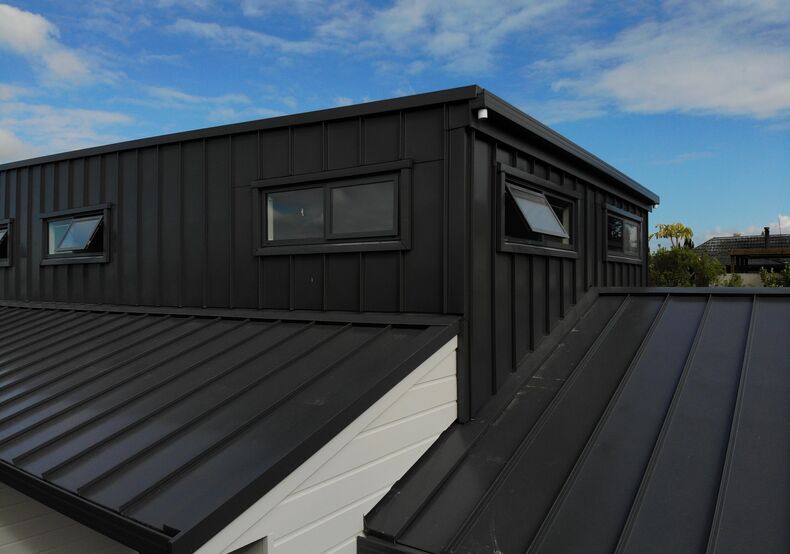
Corrugated iron roofing
Glass is a mix of sand, soda, and lime, which are abundant and widely available resources, heated at more than 1,500 degrees celsius. Glass is widely used in buildings to enclose homes from the elements, maintaining high energy efficiency within a home through glazed units.
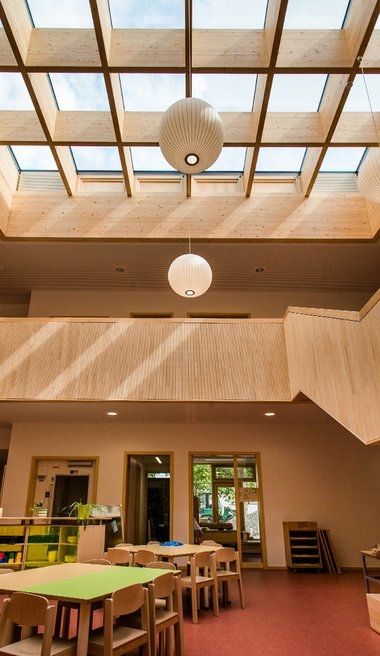
Lamilux Passivhaus skylight windows
Pros:
.
Cons:
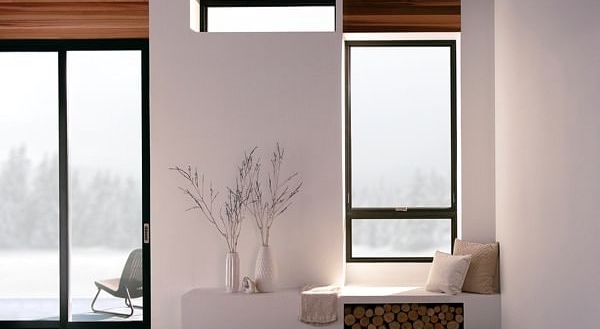
Glazed windows
Linoleum is a natural product with good environmental credentials, used commonly for flooring in areas such as kitchens, bathrooms, family rooms, etc.
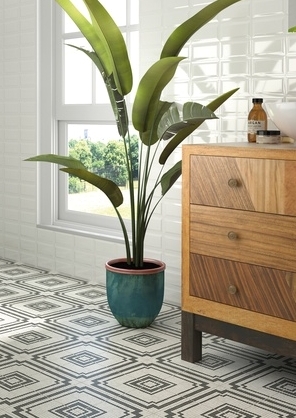
Patterned linoleum flooring
Pros:
.
Cons:
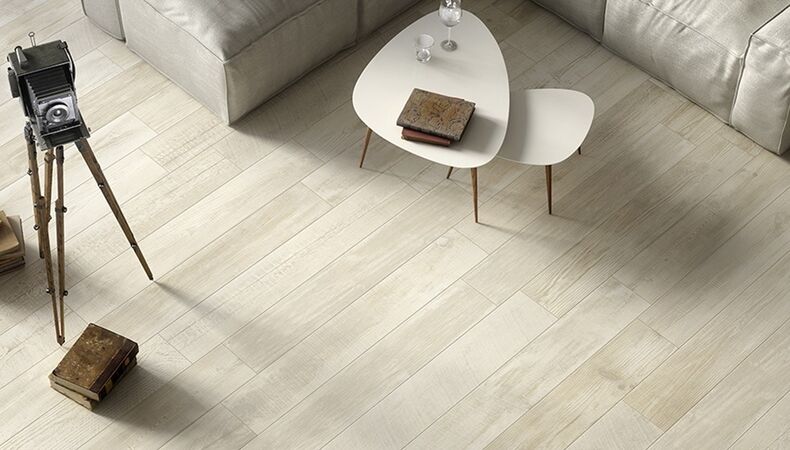
Wood-panel linoleum flooring
Paper is a thin sheet made from the pulp of wood, and accounts for a high proportion of timber construction. Recycling of newspaper and paper eases demand and can be processed into materials that perform many of the same functions as wood.
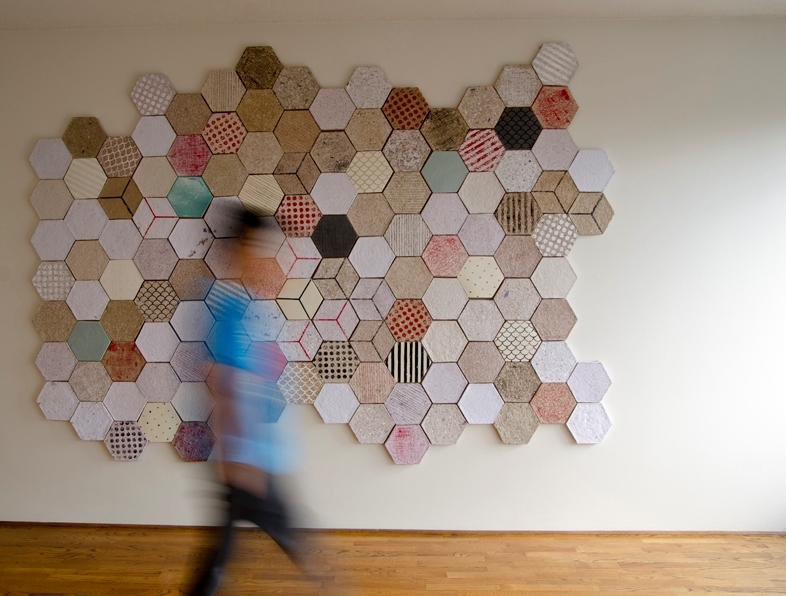
Recycled paper wallpaper by Dear Human
Pros:
.
Cons:
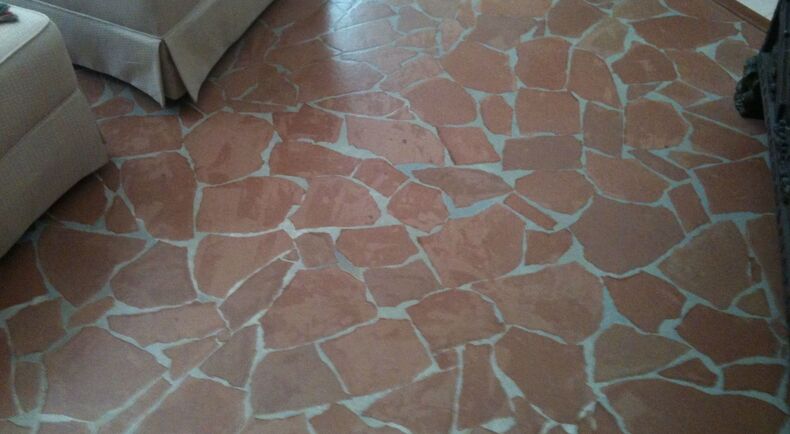
Brown paper bag flooring
SUPERSIZE ME